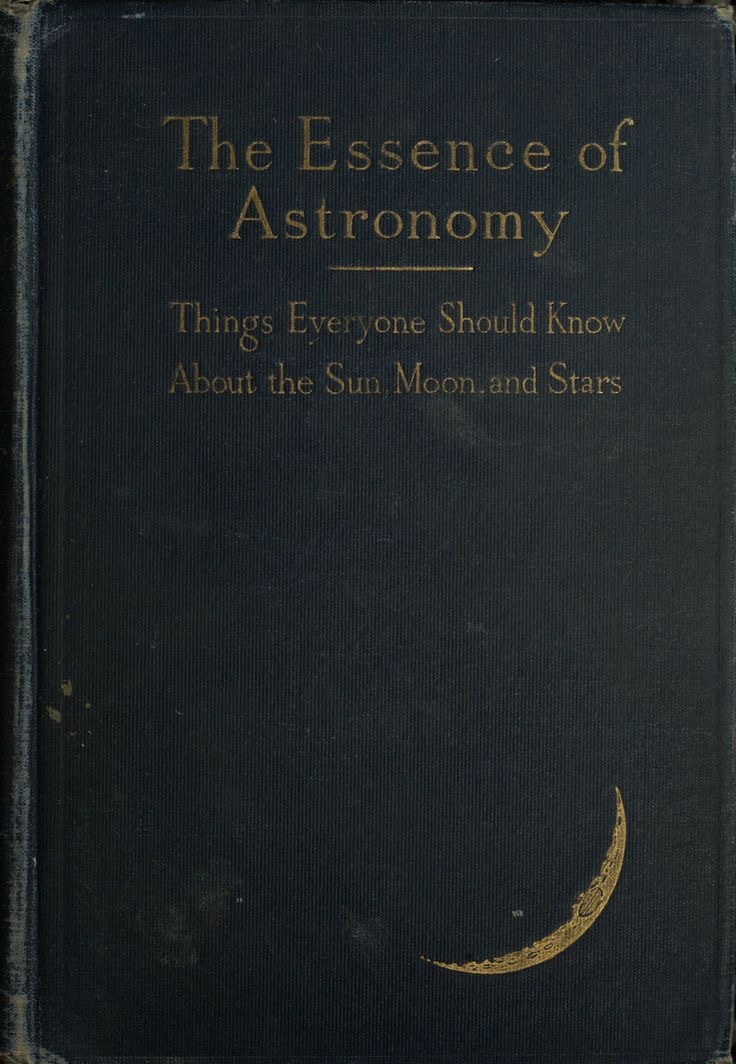Tools for Wizards and Viewing Tips
Chapter 2
The von Rheticus Model Telescope
- Terrestrial telescope: Shows upright images, wide field of view.
- Magnification:
- Two buttons (large increases, small decreases).
- Range: 10x to 250x.
- Magnification is displayed briefly in red.
- Focus:
- Manual: Knob slides eyepiece tube.
- Autofocus: Enabled when knob is pushed in; focuses on nearest object, but not suited for users with vision problems.
- Disable autofocus by pulling knob out.
- Size:
- Pocket-sized: 15 cm long, 2.5 cm lens width.
- Resolution:
- 1 arcsecond, much better than Muggle telescopes of same size (thanks to magic).
- Normally, 2.5 cm lenses achieve only 5 arcsecond resolution.
- Maximum useful magnification: 250x.
- Handheld use:
- Stabilized by magic to counter hand shaking.
- Lacks adaptive optics (for air movement compensation), limiting it to 250x.
🔮 Magical Protection and Safety
- Lens protection charms:
- Scratch-Resistant Charm.
- Break-Resistant Charm.
- Lens Cap:
- Attached via Sticking Charm to prevent loss.
- Protects from physical damage and from sunlight/full moon.
- Cautions:
- NEVER look at the Sun or full Moon:
- Destroys charms.
- Sun can blind you.
- Use a Sun filter if observing the Sun (placed over objective lens, not eyepiece).
- Treat telescope with care—fragile.
- Repair: Bring to instructor for Repairing Charm if damaged.
🌙 Moon Tools
Lunascope
- Looks like a telescope.
- Input day, month, year → Shows Moon phase.
- Usable indoors or during the day.
Moon Chart
- Parchment with 10-day Moon phases.
- Tap right to see next 10 days; left for previous.
- Cheaper than lunascope, but slower to navigate.
🌌 Celestial Globe
- Like a globe of Earth, but shows stars/constellations.
- Some show mirror image (inside view), others correct orientation.
- Magical version:
- Shows Sun, Moon, planets and names.
- Can display past/future positions (like Marauder’s Map for the sky).
- Useful for astrology and finding planets.
🌞 Other Tools
Orrery
- Model of the solar system.
- Muggle version: Metal rods, electric motors.
- Magical version: Floating bodies, enchanted motion.
- Educational use, not research.
Star Chart
- Flat sky map (non-magical).
- Useful for locating stars and constellations.
- Lightweight; planets must be pre-identified
Astronomer’s Lamp
- Emits pure red light.
- Preserves dark vision.
- Brightness adjustable.
- Tip: Close the eye you’ll use for the telescope when using the lamp to preserve night vision.
👁️ Viewing Tips
- Locating objects:
- Start at lowest power (wider view).
- Crank up magnification once object is found.
- No telescopic sight? → Use low power to mimic one.
- Von Rheticus telescope:
- Improved resolution, not light gathering.
- Dim star trick:
- Look slightly off-center to detect faint stars.
- Based on eye anatomy:
- Fovea centralis = good resolution, poor for dim light.
- Peripheral retina = better for dim light (rods).
- Identifying planets:
- Planets don’t twinkle; stars do.
- Twinkling caused by air turbulence.
- Even Neptune (2.2 arcsec) is too large angularly to twinkle.
- Estimating distance between sky objects:
- Use hand at arm’s length:
- Pinky = ~1°
- Fist = ~10°
- Thumb-tip to pinky-tip = ~20°, etc.



